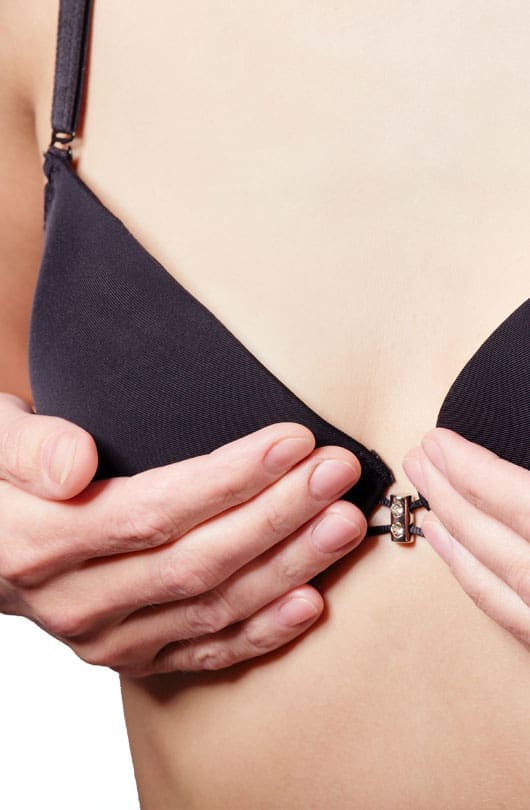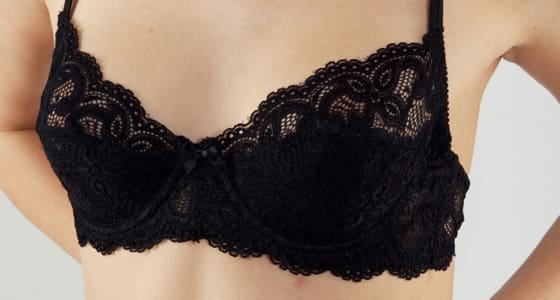Some common concerns include inverted nipples, enlarged or puffy nipples, large areola, misshapen areola, and variations in pigmentation. These concerns can arise due to genetic factors, hormonal changes, pregnancy, breastfeeding, or medical conditions.
Inverted nipples, where the nipple is pulled inward rather than protruding, can be a result of short milk ducts or tethered deeper tissues. While it is often a benign condition, some individuals may experience self-consciousness or concerns about breastfeeding.
Enlarged or puffy nipples / areolas can be influenced by hormonal fluctuations, with puberty being a common period for these changes. Gynecomastia, a condition where males develop breast tissue, can also cause enlarged nipples / areolas. This may impact appearance and body image, particularly for individuals who feel their nipple / areola size is not in line with societal norms.
Variations in nipple / areola colour, size, or shape are typically normal however, changes to the nipples which occur during adulthood may warrant medical attention. For example, a normal nipple in a woman which becomes inverted or starts to develop a discharge should be investigated further by a healthcare professional.
The impact of nipple concerns on appearance and body image can be significant. Societal beauty standards may contribute to feelings of self-consciousness or dissatisfaction. Clothing choices may be influenced, as individuals might seek styles that minimise attention to their nipples. Intimate relationships and self-confidence can also be affected, especially if the concerns lead to insecurity.
Addressing nipple concerns may involve cosmetic procedures, such as a nipple reduction or inverted nipple correction. The cosmetic appearance of the nipples may also be addressed during other surgical breasts procedures, more often during a breast reduction or breast uplift when it’s also appropriate to create nipples and areolas that are in proportion with the new breast size and shape.










